The Ultimate Guide To Oxygen Bleach
Uses For Laundry, Stain Removal & Cleaning
Here's the ultimate guide to oxygen bleach, including how it works, its active ingredients, and what factors makes it most effective. It will help you understand why this is a great product for removing stains, brightening laundry, and even cleaning uses around your home.
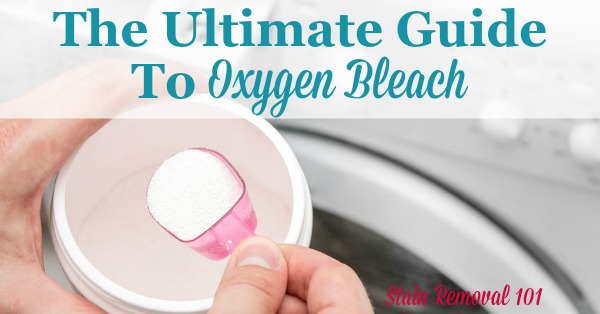
What Is Oxygen Bleach?
Oxygen bleach is commonly used in place of chlorine bleach, since it is less harsh on both clothes and many feel it is also safer for the environment.
Although the most famous type of this non-chlorine bleach is Oxiclean, there are many varieties and brands of it available.
Oxy bleach is often also known as "all fabric bleach", "non-chlorine bleach", or "color-safe bleach", since it can be used on both colored and white clothing, and doesn't contain chlorine as an ingredient.
It is often found in powdered form, but can also be found in liquid form.
In this article I'll be referring to the powdered versions as oxygen bleach, and the liquid versions as color safe bleach, although that is really an artificial difference, since they are basically the same thing, at least in terms of their active bleaching agent, which is hydrogen peroxide.
Typically, all fabric bleach contains one of the following chemicals, which are all powdered peroxide compounds:
- Sodium perborate
- Potassium monopersulfate
- Sodium percarbonate
When any of these powdered compounds comes into contact with water a chemical reaction occurs which converts the chemical to hydrogen peroxide and other residue chemicals. The hydrogen peroxide is what does the "bleaching" in this type of bleach.
The hydrogen peroxide breaks down to liberate oxygen gas, which is what oxidizes or bleaches the stain.
Other Ingredients In Oxygen Bleach Which Make The Brands & Formulas Different
While all fabric bleaches generally have the same active ingredient, hydrogen peroxide, this is not their only ingredient.
Therefore, while both generic and name brand chlorine bleach work in about the same way, and I don't think there is much difference between them (see my reviews of household bleach), it is not the same with color safe bleaches such as oxygen bleach.
Along with the active ingredient of hydrogen peroxide, additional ingredients are added, including builders, surfactants, optical brighteners, bluing, enzymes, and scents to name a few.
These additional added ingredients can change the effectiveness of the cleaning and stain removal power of the product as a whole, so each of these brands works a bit differently, so they're not necessarily fungible in the way chlorine bleach is.
Factors That Make Oxygen Bleach Work Most Effectively
To get the most out of your oxygen bleach make sure you use it in a way that makes it as effective as possible.
Alkalinity Is Better, Not Acidity
First, all fabric bleach works best in an alkaline, not an acidic environment. Therefore, when trying to bleach your clothes with this product do not add vinegar, which lowers the pH, which is the opposite result you want.
Instead, something that raises the pH, like washing soda works quite well to increase the effectiveness of the oxy bleach.
In fact, that is one of the reasons Oxiclean works so well as a stain remover, since it contains a mixture of washing soda (a powerful cleaner and laundry booster in its own right) and a powdered version of hydrogen peroxide as its two active ingredients.
Works Better In Hot Water
All fabric bleach also works better in hot water than in cooler temperatures.
Of course, in general hot water by itself removes stains better, but does seem to fade clothing colors more quickly, so there are definitely tradeoffs.
The Longer The Exposure The More Effective It Is
You should also keep in mind that the longer a fabric or stain is exposed to oxygen bleach the better the product will work to remove the stain.
That is why presoaking is a very effective stain removal technique when used in combination with this type of bleach. For very stubborn stains soaking overnight in a solution of oxygen bleach and water often makes a significant positive difference.
Use In High Enough Concentrations
Finally, to get the best results with this type of bleach you need to use it in a high enough concentration. This is simple to do by just following package instructions for how much to add to the water, and not skimping on that amount.
Using Oxygen Bleach For Laundry & Stain Removal
All fabric bleach is gentler on fabrics than chlorine bleach, which is why it has that name of "all fabric".
It can be used on almost any type of fabric, including whites, colorfast fabrics, wool, silk and synthetic fibers.
As always, it should be used with caution on very old or delicate fibers, or on any type of fabric which is expensive and you'd be sad if it were ruined. (That is why I always express caution when using just about anything on silk, for example.)
If you don't know whether a dye in a fabric is colorfast or not, or you are otherwise concerned about whether this laundry supply will potentially harm the fabric, always do a colorfastness test in an inconspicuous area of the garment (click on the link for instructions on how to do the test).
You can use all fabric bleach to keep whites white, and colors bright. However, to make them effective you cannot use them once the colors or whites are dingy since they can't remove the dinginess that is already there, at least not well.
Instead, this product needs to be used consistently, to maintain the whiteness or brightness of the clothing and prevent them from ever becoming dingy in the first place.
Unlike chlorine bleach, where it is best to add it about five minutes into the wash, you should add all fabric bleach to the wash at the same time as the detergent, prior to adding the clothing.
Make sure both the detergent and bleach are both thoroughly dissolved and mixed with the water before adding your clothing.
Oxygen Bleach Cleaner For House Cleaning Uses
Although we most often think of oxy bleach as being used for laundry and stains, it can also be an ingredient in homemade cleaners as well.
The reason for this is that it contains several ingredients, including such things as hydrogen peroxide, detergents and washing soda, which themselves are all good at cleaning various items in your home.
I like to collect recipes and uses for this type of bleach, so I've created a page where you can share your bleach uses, or read ones that have already been submitted. There are quite a few cleaning recipes already provided using oxygen or color safe bleach for you to reference.
Share Your Reviews Of Oxygen Bleach Brands
As I mentioned above, not all brands of this type of bleach work exactly the same, mainly because of the additional ingredients they contain beside the active ingredient of hydrogen peroxide.
As can be seen below, there are many brands available, in lots of scents and formulations.
You can share your reviews of non-chlorine bleach varieties here, or read others that have already been submitted by other readers to choose the best one for your needs.
Thanks For Visiting My Website: Grab Your Free Gift!

Hi, I'm Taylor, a busy mom with 3 kids, so I have lots of hands on experience with house cleaning, laundry and my fair share of spots, spills and other messy catastrophes. Thanks for visiting my site.
I update the website all the time with tips, tutorials, cleaning recipes, reviews of products from readers like you, and tests I've done on various cleaners, removers and laundry supplies.
I'd love to give you a gift! When you subscribe to my free weekly newsletter you will receive a free printable laundry stain removal chart that you can reference as needed.
I hope you enjoy this gift, and stop by again soon!
Related Pages You May Enjoy
Laundry Supplies Reviews & Information
House Cleaning Supplies Reviews: Which Products Work Best?
Washing Clothes Temperature Guide: How To Choose The Best Water Temperature For Your Laundry
Go From Oxygen Bleach Uses & Information To Home Page
CAUTION: This website is provided for informational purposes only. It is provided as is, without warranties or guarantees. Some stains and messes just won't come out, and are permanent. Further, some cleaning methods can harm your item, so if what you want to clean or launder is sentimental or expensive call a professional. See disclaimer of liability for more information.
Popular Laundry Products Pages
Let's Stay Connected!
Get Free Email Updates
(and get a FREE printable)
Related Pages
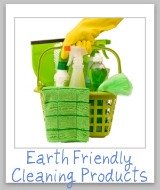 Earth Friendly Laundry Products
Earth Friendly Laundry Products
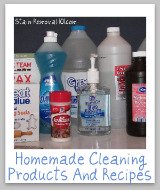 Homemade Laundry Products Recipes
Homemade Laundry Products Recipes
 Visit Household Management 101
Visit Household Management 101
 Visit Home Storage Solutions 101
Visit Home Storage Solutions 101
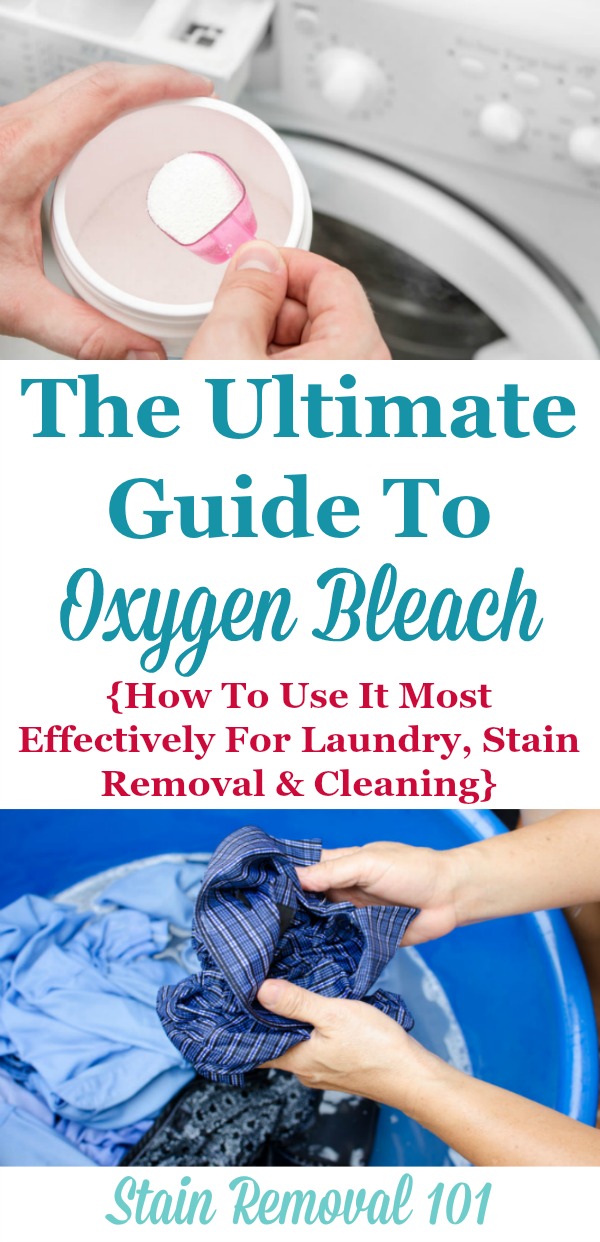

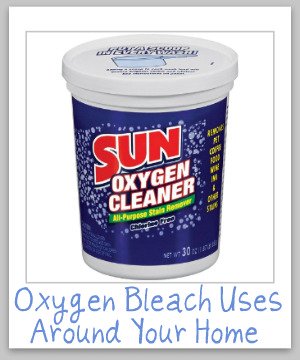
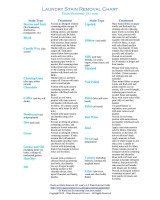
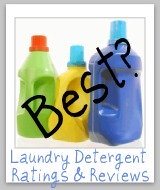
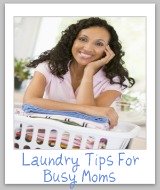
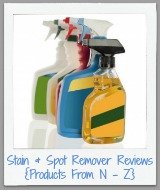
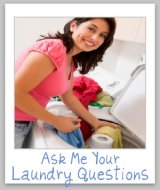
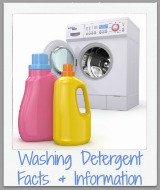
Share Your Comments, Tips & Ideas